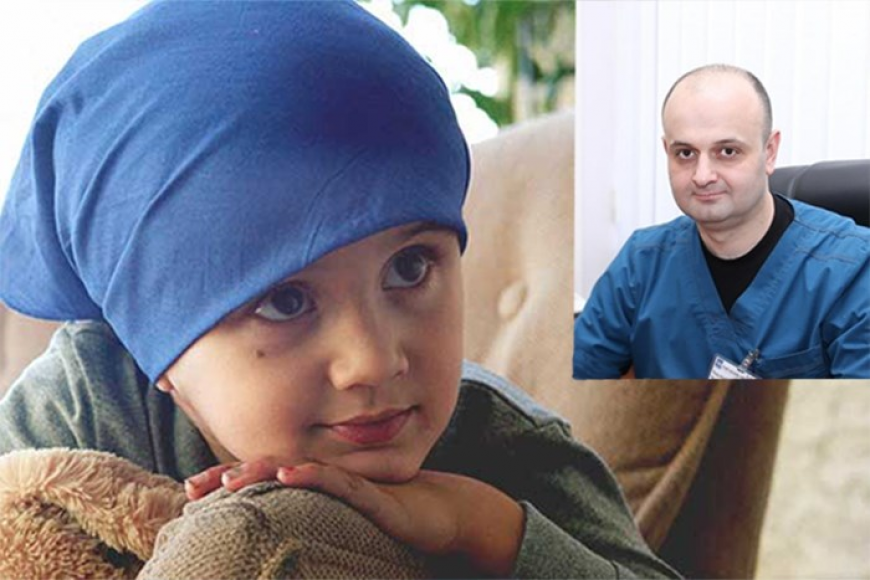News
What are the symptoms of bone cancer in children?
12 March 2020 | News | Neoplasms of bones, muscles, soft tissues | Orthopedics and Traumatology, "Coxa" Clinic | Galust H. Galustyan
Our interlocutor is Galust Galustyan, an orthopedist-oncologist, head of "‘‘Nairi’’" MC orthopedic oncology and bone pathology service.
- How is the medical care organized at "‘‘Nairi’’" MC?
- Medical care in our clinic is provided with the principle of systematic examination and treatment. Only after an appropriate diagnosis the treatment method is chosen. The majority of patients who apply to the clinic undergo surgery, but there are patients whose preoperative treatment regimen includes medication or radiation treatment.
- How is the clinic equipped?
- The equipment of "‘‘Nairi’’" MC complies with the level of the leading European clinics. The equipment of the diagnostic service of the clinic and the operating room, the staff that includes skilled and experienced doctors allow to overcome the most difficult cases and save the lives of seriously ill patients.
- What innovative technologies and methods are used in the service?
- The main task of the treatment of malignant bone tumors is to avoid amputation and to save the affected limb. As a rule, we are able to achieve our goal using modern European individual endoprostheses (artificial joints instead of removed bone). With the help of special drawings, relevant endoprostheses are selected and prepared before the surgery and sent to Armenia within a month. For example, we have had a case in which a patient had three joints replaced (the patient had a tumor with metastases). In case of some benign tumors, a so called minimally invasive surgery is performed to remove the tumor without causing major trauma to the main bone.
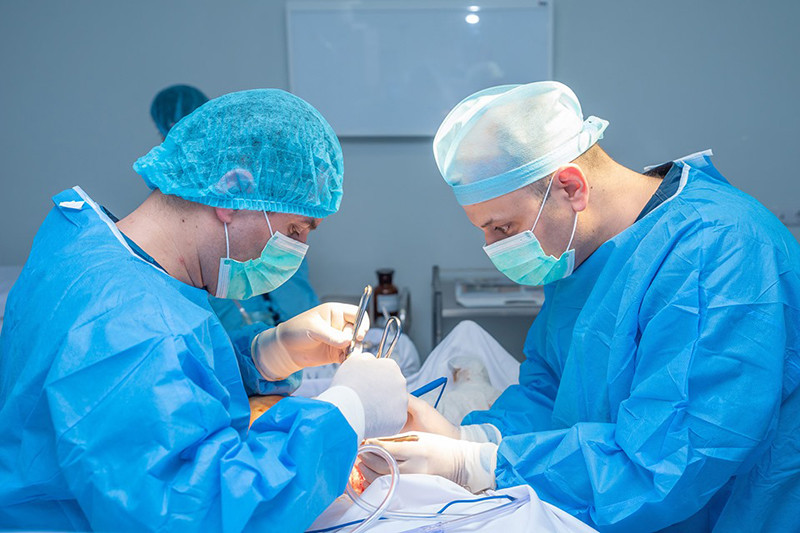
This intervention has its own protocol. Preoperative navigation is performed i.e. the affected region is marked, and it allows to remove only the origin of the tumor during the surgery. As a result of this approach, it is possible to get the patient back to their normal life. Besides, knee arthrosis is also treated with the method of proximal fibular osteotomy which is also minimally invasive, so allows to elongate the period of endoprosthesis using patient’s own joint resources. The novelty of the service is the use of a synthetic origin bone drug after the excision of the benign bone tumor during surgery. This allows to restore the structure of the removed bone in a short time and due to that it is not needed to take bone from another part of the patient's body.
- What distinguishes oncological orthopedics from other medical fields?
- Oncological orthopedics as a specialty is at the intersection of two independent professions. Taking into consideration the fact, that children and adolescents predominate among patients, pediatrics also play an important role. As a peculiarity, it requires serious psychological intervention, vigilance by doctors i.e. detection of the signs of pathology in time, diagnosis and treatment.
- How many patients are operated for bone tumors annually?
- Approximately 100-110 patients with benign and malignant tumors are operated annually. Most of them are children and adolescents.
- What symptoms do children have and what are the main complaints?
- Unlike other tumors, such as tumors in lungs, esophagus, stomach where there are clear pre-tumor processes and which are the preconditions for the development of tumors if left untreated, children do not have known risk factor. Thus, the tumors might occur without any risk factor or alarming symptoms. The pain in the affected area might be a sign. The pain is not connected with any trauma, since the trauma does not cause the tumor but it may lead to a rapid growth of neoplasm.
-How is the activity of the oncology multidisciplinary team organized?
- In our field, teamwork is required as a crucial condition, because only local or operative treatment in oncology cannot provide the result that is considered standard today in oncology worldwide. At first, while dealing with malignant tumor, a general treatment which is possible with a participation of chemotherapist and radiologist is needed. This is what modern international guidelines require. Whenever a major case is diagnosed in our practice, we are in constant contact with our partners in Europe and the United States.
Similar articles
-

-

Suddenly appeared vertigo
01 April 2020
-
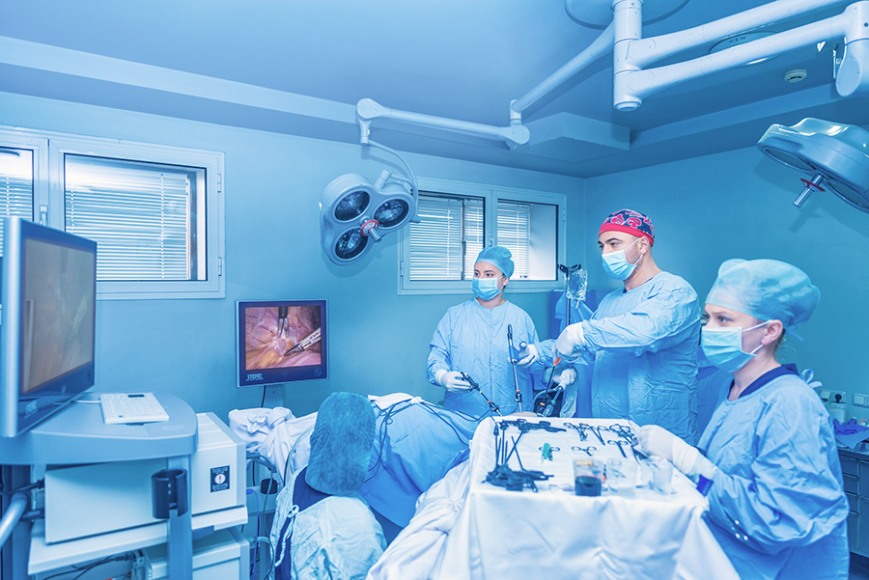
-
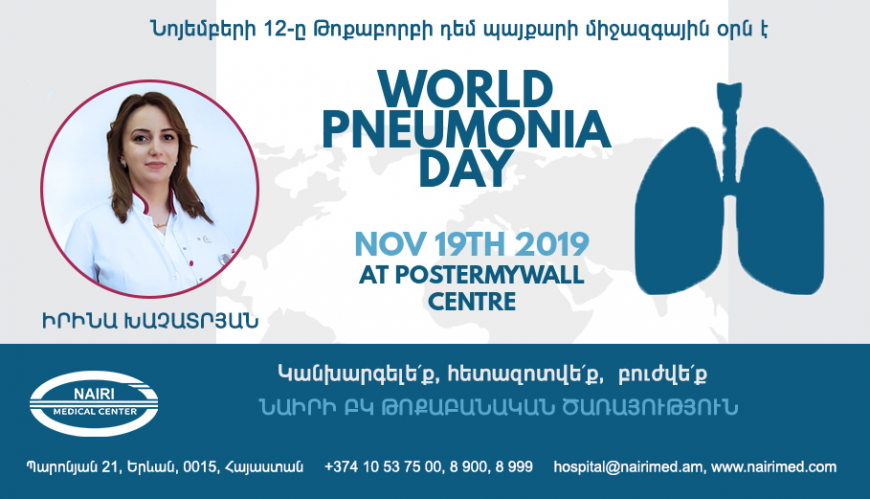
November 12 is the World Pneumonia Day
12 November 2019
-
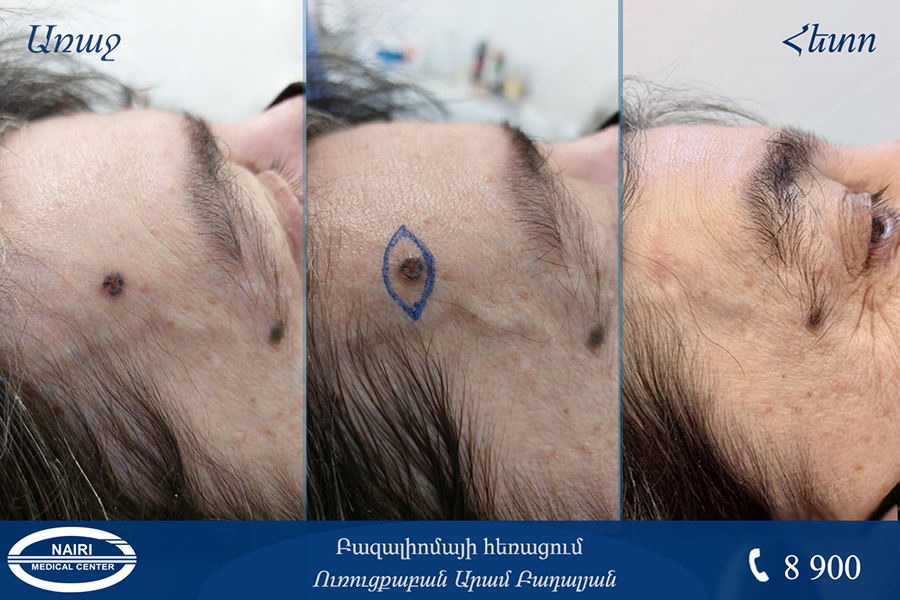
Basal cell carcinoma of the skin (basalioma)
28 February 2022
View all
Sign up here for our newsletter

